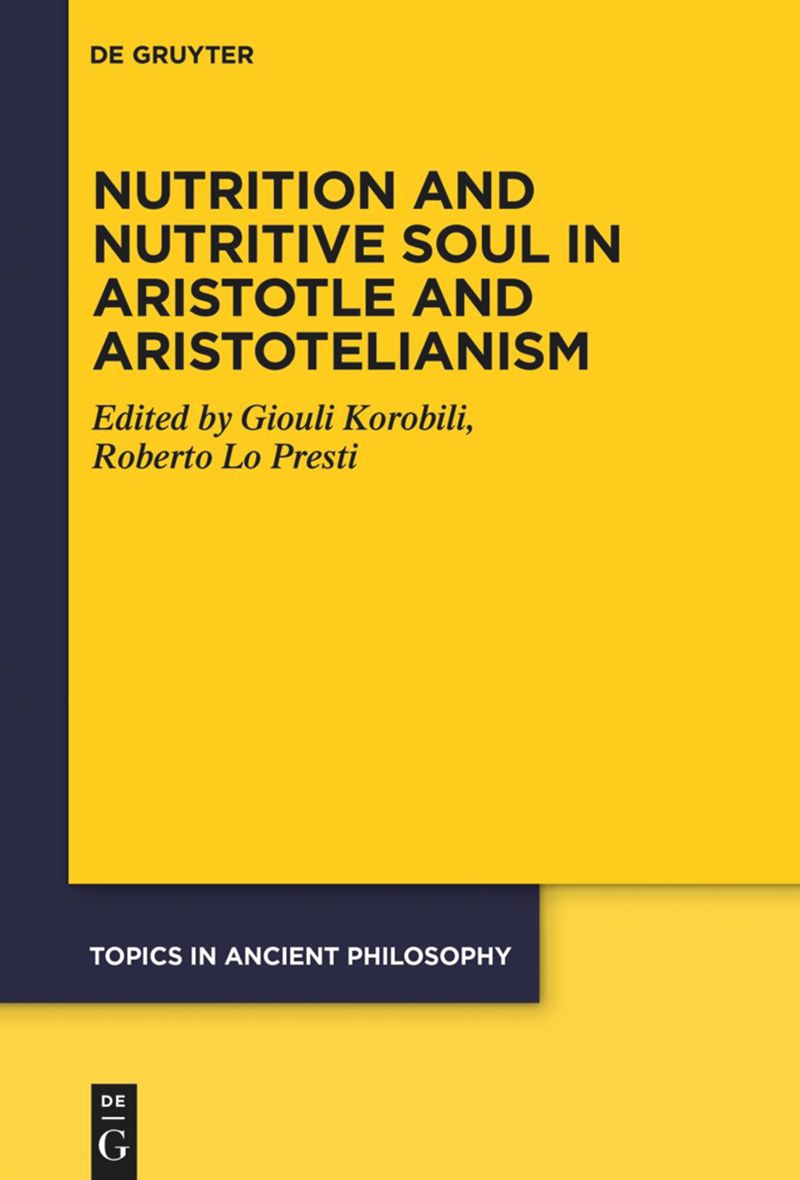
This article looks at the difference between the two products of the nutritive soul in the context of its reproductive capacity. According to the treatise On the Generation of Animals, males and females produce two different products from food, sperm and menstrual fluid respectively, which are used for reproduction. Sophia Connel begins with a detailed analysis of the production of the residue of food in the female, before examining the tension that this case creates in Aristotle's conception of the nutritive soul: how can we explain the fact that the female residue does not possess the generative capacity that the male residue does? Does it not follow that the nutritive soul in the female is distinct from the generative soul, contrary to what seems to be affirmed in the general case described in the treatise On the Soul? Sophia Connel sets out to rediscover the link between nutritive and generative capacity in the soul of the female animal, and finds therein the opportunity for an in-depth analysis of the link between nutrition and generation in Aristotle.
A. M.
L’article s’interroge sur la différence entre les deux produits de l’âme nutritive dans le cadre de sa capacité reproductive. Selon le traité De la génération des animaux, le mâle et la femelle produisent en effet, à partir de l’aliment, deux produits différents servant à la reproduction, respectivement le sperme et le liquide menstruel. Sophia Connel commence par une analyse détaillée de la production du résidu d’aliment chez la femelle, avant de s’interroger sur la tension que ce cas amène dans la façon dont Aristote conçoit l’âme nutritive : comment expliquer que le résidu féminin ne possède pas la capacité générative que possède en revanche le résidu masculin ? Est-ce qu’il n’en découle pas que l’âme nutritive, chez la femme, se distinguerait de l’âme générative, contrairement à ce qui semble affirmé dans le cas général décrit dans le traité De l’âme ? Sophia Connel entreprend de retrouver le lien entre capacité nutritive et générative dans l’âme de l’animal femelle, et y trouve l’occasion d’une analyse approfondie du lien entre nutrition et génération chez Aristote.
A. M.